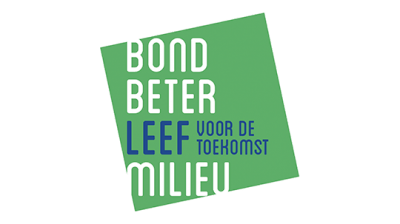Making EQUITONE facade materials circular
Cocreation of a circular value chain through intensive chain cooperation
EQUITONE is a brand of façade materials in fibre cement. Etex aims to make EQUITONE's current value and supply chain more circular. To this end, we work intensively with all chain partners: R&D, buyers, project developers, architects, suppliers, installers, logistics partners, recycling companies, production sites, certification organisations, the government ...
The project starts from a partnership model where the circular challenges of building materials are considered with all partners in the chain. We examine which cooperation to set up with which partner to provide a circular answer to the various challenges. Some examples include switching to increasingly recycled content, creating closed cycles with own products and materials, extending product life through reuse, remanufacturing or renovation and solutions for collection, recycling and upcycling.
The project is based entirely on the cooperation of chain partners. The aim is to create circular impact on the one hand and, on the other, to design an economically scalable model that is interesting for every partner in the chain. The cooperation process is also fully mapped and documented as a learning process, so that all partners and other players can learn from it.
Key results |
Key lessons learned |
|
|
What will the future bring?
We see this project as the start of a structural cooperation with our chain partners. It allows us to better understand the perspective of our partners, see where the bottlenecks and opportunities lie and start pilot projects or experiments together. The future of this project is therefore to set up structural partnerships with chain partners and look for business models to scale up the experiments into real value propositions for both EQUITONE and the partners.
New products can be developed on the basis of material flows in the chain at various levels: from residual flows from Equitone's production, from residual flows from cutting shops, via recovery of used panels and by creating reuse loops via refurbishment ... Recylage is the last option. We want to gradually downsize that by keeping as many products and materials as possible in the aforementioned streams. The future for EQUITONE is circular.
Etex
Partners The Circular Hub, Greenfish, Econocom, SVR-ARCHITECTS, De Coninck, Schrijnwerkerij Willy Simoens, Bouwpunt Van der Gucht, Bouwmaterialen Verhelst, CBR Cementbedrijven, SUEZ R&R Belgium
Topics Recycling & Reuse › Selective demolition › Urban Mining › Circular materials and building systems ›
















